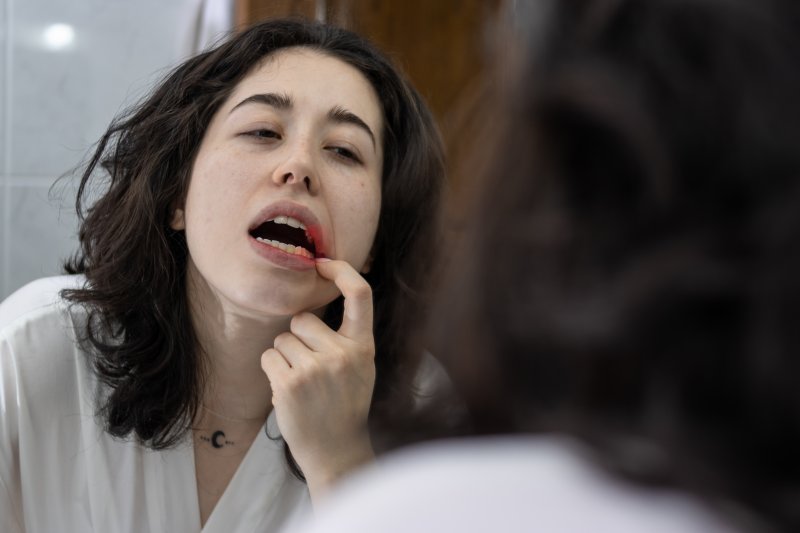
Have you ever wondered how your gums can be fine one day and bleeding the next? It’s probably gingivitis. This early stage of gum disease lurks out of sight, developing until your gums are swollen and red. Luckily, being the first stage means it’s the easiest to reverse! But how do you fight back, and how long does it take to heal? The answer depends on your habits, your oral health, and how quickly you spring into action.
What Is Gingivitis, Exactly?
Gingivitis is gum inflammation caused by plaque, which is a sticky film of bacteria that builds up on your teeth. When left alone to spread, it irritates your gums, making them swollen, red, and prone to bleeding. Without improved oral care or treatment, gingivitis can progress to periodontitis, a much more serious stage of gum disease that can damage bone and even lead to tooth loss.
What Can Be Done?
If you’re committed to helping your gums bounce back, there are several ways you can improve your routine. Here are a few tried-and-true methods:
- Brush twice daily with a soft-bristled toothbrush
- Floss once a day to clean where your brush can’t reach
- Use an antimicrobial mouthwash (if recommended by your dentist)
- Stay consistent with dental cleanings. Professional scaling removes hardened plaque (tartar) that brushing can’t
- Maintain a balanced diet rich in vitamin C and calcium, which support gum health.
Adopting several of these small habits won’t just reverse gingivitis—It’ll also help prevent it from coming back.
How Long Does Recovery from Gingivitis Take?
For most people, gingivitis can start improving within a few days to a week after taking better care of their mouths. With consistent brushing, flossing, and professional cleaning, many patients see significant healing within 10 to 14 days.
However, severe or long-standing gingivitis may take longer to resolve. In those cases, your dentist may recommend deeper cleanings or special rinses to help speed up recovery.
When You Should Seek Professional Help
While gingivitis can often be reversed with simple, effective habits at home, it’s not always a guarantee. If your gums don’t improve after two weeks of proper care, it’s time to see your dentist.
Ongoing bleeding, swelling, or pain may mean your gingivitis has advanced into periodontitis. If that’s the case, your best option is professional treatment that can save your gums and protect your teeth.
Now that you have the knowledge and the tools to win the war against gingivitis, it’s time to put them into practice. With a little dedication and help from your dentist, you can go from red, swollen gums to a healthy, confident smile in no time at all!
About the Author
Dr. Steven Kendrick is a skilled dentist dedicated to improving your oral health. A graduate of the Oklahoma University College of Dentistry, he has advanced training from the Misch International Implant Institute. He’s also an active member of organizations like the American Dental Association and the Academy of General Dentistry. He takes pride in helping patients recover from gum disease and keep their smiles healthy. Call (405) 732-0431 to schedule a gum disease consultation at Midwest City Dental Center or visit our website to learn more.
